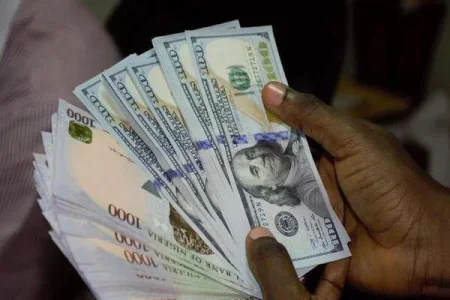
Despite a fluctuating economic landscape, the Nigerian naira exhibited resilience against the US dollar in the black market, maintaining its value while experiencing a slight decline in the official market. Late Thursday, the naira strengthened to N1,060 per dollar in the parallel market, contrasting with its dip to N1,154.08 per dollar in the Nigerian Foreign Exchange Market (NAFEM). The indicative exchange rate for NAFEM rose from N1,072.74 to N1,154.08 per dollar, according to FMDQ data.
In April, the naira experienced a notable 12% surge in value, previously being labeled among the worst-performing currencies in February. This positive trajectory was attributed to the implementation of favorable monetary policies by the Central Bank of Nigeria (CBN), as highlighted by Goldman Sachs. These policies aimed to address dollar scarcity, volatility, and boost market confidence.
Furthermore, the CBN's recent initiatives, including settling foreign exchange arrears and issuing guidelines for International Money Transfer Organizations (IMTOs), contributed to market transparency and stability. Additionally, banks were directed to review the Cash Reserve Ratio (CRR) framework and discontinue the use of foreign currency as collateral for Naira loans.
Meanwhile, the US dollar maintained momentum, nearing a 5-1/2-month high against a basket of major currencies. New York Fed President John Williams' comments on the strength of the US economy dampened expectations of immediate interest rate cuts. This sentiment was reinforced by robust economic data from the Mid-Atlantic region, although existing home sales saw a decline in March due to rising interest rates and property prices.
Investors remain cautious amid uncertainties surrounding future US Federal Reserve actions and global economic trends, which could impact currency dynamics in the Nigerian market.




